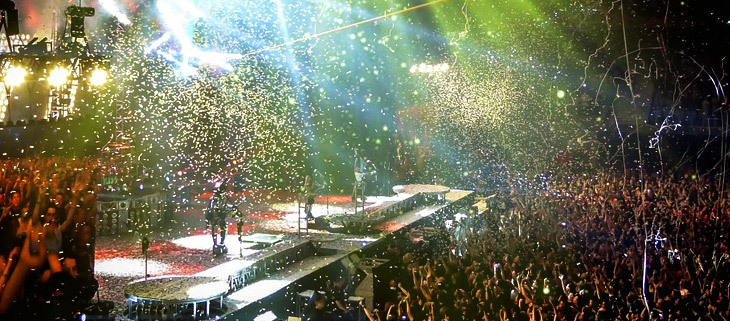Progressive Metal definition
This classification addresses the centre development of what is designated “Progressive Metal” in the strict sense. It is a subgenre of moderate stone however much it is a subgenre of heavy metal, and this is the means by which its sound is characterized: a mix of heavy, guitar-situated metal music advanced with compositional development and complex plans, typically communicated through assorted instrumentation and frequently (yet not generally) with odd-timing schemes. Normal, however not fundamental to characterize the development, are the successive utilization of consoles, sharp vocals, ideal melodious topics, and tracks of longer length. Like moderate stone, moderate metal draws impacts from different sorts, like jazz/combination, ethnic, old-style, and musical music.
The Origins
The weighty sound of a portion of the ever-evolving musical gangs of the ’70s has been one of the structure blocks on which moderate metal was raised. Moderate stone pioneers, for example, KING CRIMSON and RUSH have frequently been acclaimed as the primary impacts of moderate metal groups. The other significant impact has been the NWOBHM (New Wave of British Heavy Metal) development, and particularly the twin-guitar plans of IRON MAIDEN, which have left their stamp on the beginning phases of the class’ turn of events.
The Pioneers
Regularly (and not outlandishly) alluded to as the “Huge Three” of moderate metal. QUEENSRYCHE, FATES WARNING, and DREAM THEATER have put things in place of what was to continue in the development. The characterizing time for the class was the second 50% of the ’80s. Among QUEENSRYCHE’s “The Warning” (1984) and (most expressly) “Fury for Order” (1986). Alongside FATES WARNING’s “Stir the Guardian” (1986) and “No Exit” (1988) discharges.
The previous developed on their unadulterated American force metal beginnings. While the last refined their specialized/NWOBHM-impacted metal into more moderate structures. Despite the fact that creating demos since the mid-’80s as MAJESTY, DREAM THEATER. The first delivery came in 1989 with “A Dream and Day Unite”. The imaginative utilization of consoles alongside impacts from American weighty/power metal and moderate stone delivered a unique mix. Which was to be additionally refined in 1992’s “Pictures and Words”. Which until this day stays close to “Moderate Metal” definition in any melodic word reference.
Among the pioneers of the class, however appreciating less achievement and notoriety, were PSYCHOTIC WALTZ and SIEGES EVEN. The previous was basically playing moderate metal as ASLAN during the ’80s and fostered an exceptionally diverse sound in the ’90s. The latter’s presentation orders them among the European prog-whip pioneers. However, their music advanced to more melodic examples and was vigorously affected by RUSH in the mid-’90s.
There are many sub-sub-genres
Symphonic bands like After Forever, Therion and Adagio will use full orchestra and choir compositions in their productions. They’ll write epic, awe-inspiring pieces full of classical reverence and grandeur.
Then there are those like The Algorithm, Enter Shikari or Crossfaith. Who use synthesized electronica and digital elements to push their music a bit further than most Metal goes in regards to tonality and digital production.

